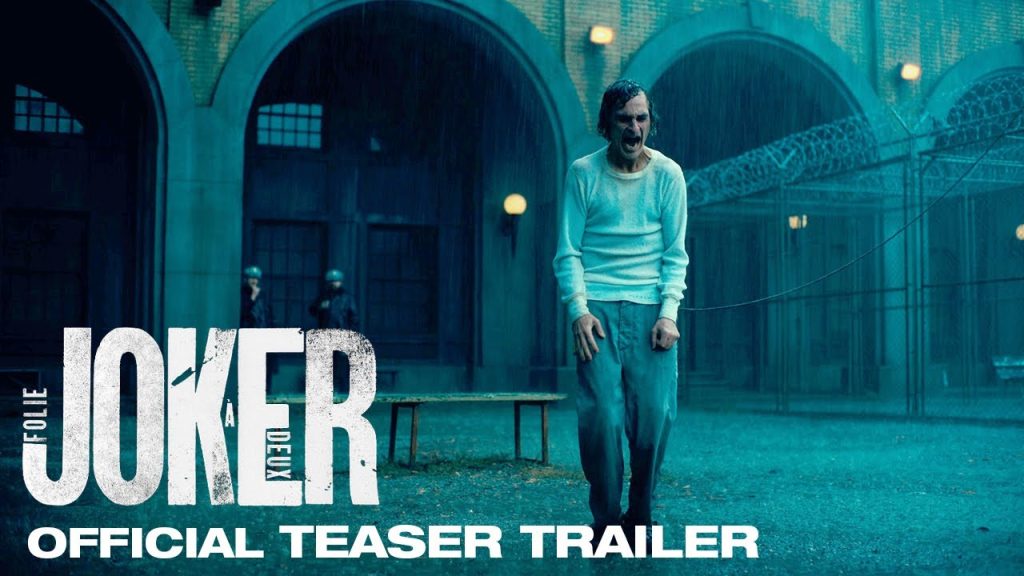The release of Warner Bros.’s trailer for “Joker: Folie à Deux” has stirred controversy, with YouTube issuing a suicide warning before viewers can watch the teaser. This precautionary measure reflects the delicate balance between artistic expression and sensitivity towards potentially triggering content. This article delves into the implications of the warning, the portrayal of suicide in media, and the broader conversation surrounding mental health and entertainment.
The Trailer’s Trigger Warning: A Sign of Changing Times
The decision by YouTube to include a suicide warning before the “Joker: Folie à Deux” trailer underscores the growing awareness of mental health concerns and the need for responsible media consumption. In an era where online platforms reach vast audiences, content creators and distributors are increasingly cognizant of the impact their material can have on viewers, particularly those vulnerable to mental health issues.
Portrayals of Suicide in Media: Balancing Realism and Responsibility
The inclusion of suicide-related content in films and television shows is a contentious issue, with debates over its potential influence on audience behavior and attitudes. While some argue for the importance of realistic depictions to raise awareness and foster empathy, others caution against glamorizing or sensationalizing such sensitive topics. “Joker: Folie à Deux” treads a fine line between artistic expression and ethical considerations in its portrayal of Harley Quinn’s gesture.
The Role of Trigger Warnings: Empowering Viewers and Fostering Dialogue
Trigger warnings serve as a tool to empower viewers with information about potentially distressing content, allowing them to make informed choices about what media they consume. By acknowledging the presence of sensitive themes such as suicide or self-harm, platforms like YouTube encourage open dialogue and provide resources for those in need of support. However, the effectiveness and implementation of trigger warnings remain subjects of debate within the media industry and mental health community.
Artistic Freedom vs. Social Responsibility: Finding a Middle Ground
The controversy surrounding the “Joker: Folie à Deux” trailer highlights the tension between artistic freedom and social responsibility in the creation and distribution of entertainment content. While filmmakers have the right to explore challenging themes and narratives, they also bear a responsibility to consider the potential impact of their work on audiences, particularly in the context of mental health and well-being. Finding a balance between artistic expression and ethical considerations is essential in navigating sensitive subject matter in media.
Mental Health Awareness in Entertainment: Moving Towards Positive Representation
As society grapples with increasing awareness of mental health issues, there is a growing demand for authentic and nuanced portrayals of mental illness in entertainment media. By depicting characters with empathy and complexity, filmmakers have the opportunity to destigmatize mental health struggles and foster greater understanding among viewers. “Joker: Folie à Deux” has the potential to contribute to this ongoing conversation, provided its treatment of sensitive themes is handled with care and sensitivity.
Towards Responsible Media Consumption
The inclusion of a suicide warning before the “Joker: Folie à Deux” trailer prompts reflection on the intersection of art, entertainment, and mental health awareness. As audiences navigate the complexities of modern media consumption, it is imperative for content creators and distributors to prioritize sensitivity and mindfulness in their portrayals of sensitive topics. By fostering open dialogue and promoting responsible media consumption, we can create a culture that values empathy, understanding, and support for those grappling with mental health challenges.
